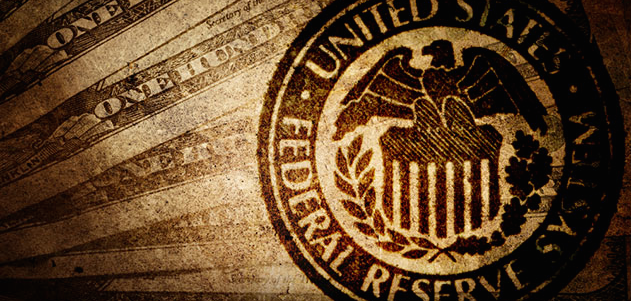The July Federal Open Market Committee meeting announcement once again reaffirmed its view that the current 0 to 0.25% target range for the federal funds rate remains appropriate, with no clear-cut signs of when this will change.
“When the committee decides to begin to remove policy accommodation, it will take a balanced approach consistent with its longer-run goals of maximum employment and inflation of 2%,” the announcement said. The accommodation is called the Zero Interest Rate Policy.
“The committee currently anticipates that, even after employment and inflation are near mandate-consistent levels, economic conditions may, for some time, warrant keeping the target federal funds rate below levels the Committee views as normal in the longer run,” the announcement continued.
Since the committee last met in June, it believes that economic activity has been expanding moderately.
Back during the June meeting, the FOMC said that the conditions warranting an increase in the target range for the federal funds rate had not yet been met, and that additional information on the outlook, particularly for labor markets and inflation, would be necessary before deciding to implement such an increase.
Meanwhile, Federal Reserve Chair Janet Yellen went on record earlier this month saying, “Indeed, most participants in June projected that an increase in the federal funds target range would likely become appropriate before year-end.”
Before the July announcement came out, Lindsey Piegza, chief economist with Stifel, explained that this meeting was particularly importance as of late because the majority of economists anticipate that the Fed will begin to raise rates in September, or later this year, for the first time since 2006.
Just this morning, for example, Jan Hatius, chief economist of Goldman Sachs (GS) reiterated that popular opinion. "Our forecast remains December, although September is possible if the data surprise clearly on the upside," Hatzius wrote in an email to clients.
However, Piegza argued that if the Fed did in fact intend to raise rates in September, the July statement would be noticeably Hawkish, opening the door for liftoff just seven weeks later. And it wasn’t.
Capital Economics said in report on the annoucement that the policy statement was largely unchanged, with only some minor tweaks to acknowledge the improvement in the economic data.
“The housing sector is described as showing ‘additional’ rather than ‘some’ improvement, jobs gains are now thought to be ‘solid’ and the unemployment rate is ‘declining’ rather than having ‘remained steady’ as before,” the Capital Economics report said.
“These tweaks fall well short of a clear hint that a rate hike is coming at the next meeting in September,” it continued.






